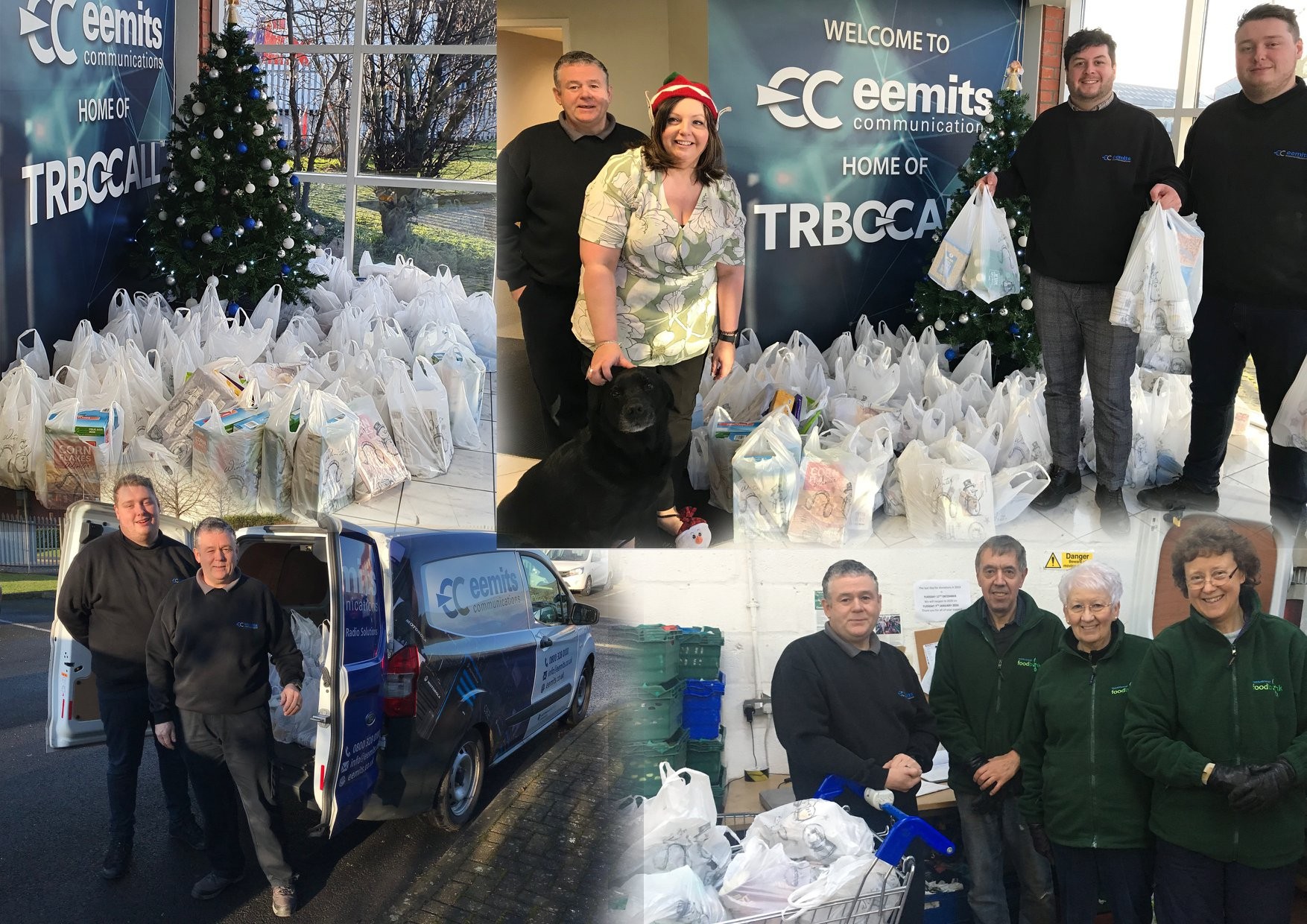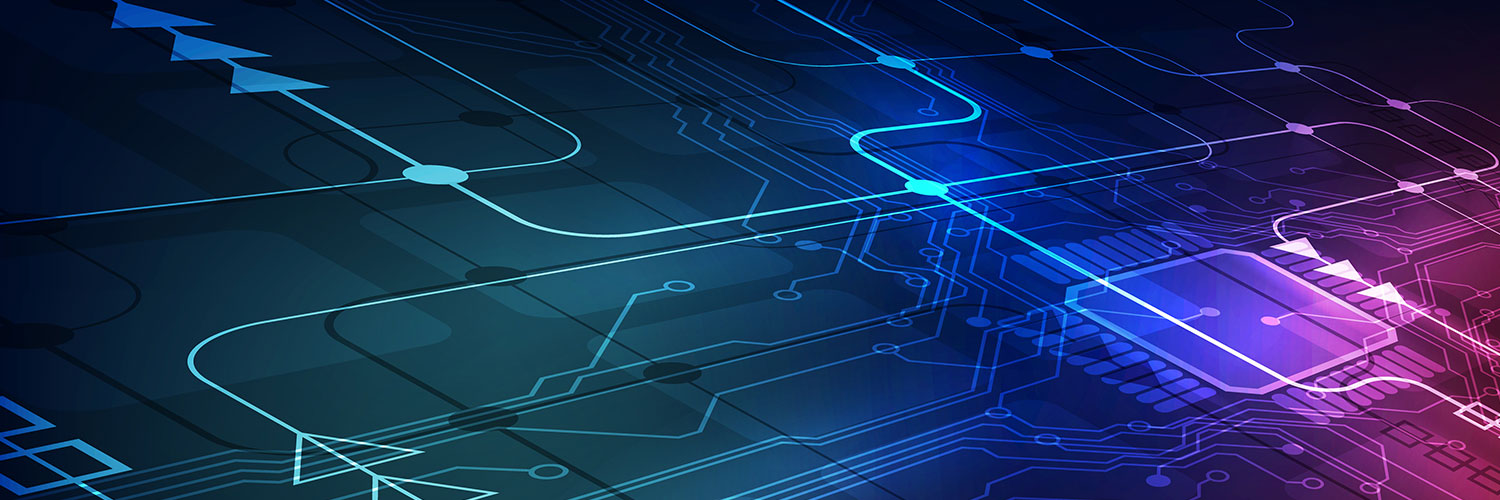Utilities: Are You Using the Right Communication Device?
12/07/2022

Playing snooker with a piece of rope, using a chocolate tea pot to brew tea, or putting nails in the wall with a glass hammer. All things that serve no purpose for what you want to achieve.
And whilst all these things are used as sayings, the principle of it rings true when it comes to using the right communication devices in the energy and utilities sector.
Choosing the right type of device in an environment where there’s safety, productivity and efficiency factors to take in consideration is not a straightforward process.
You also have to account for the fact your workers spend plenty of time in outdoor spaces, so can be exposed to the elements, such as water, wind and dust.
Today, to continue our Utilities Pain Points series, we stop for a moment and ask are you using the right communicate device for your environment?
So, what's the right communication device?
The exact device to use comes down to your own individual needs and circumstances, but in general, working in the energy and utilities sector means you need a rugged device with smart features - like a digital two-way radio that boasts instant, reliable communication, a good IP rating, and the ability to use data to boost safety, efficiency, and productivity.
When working out which device to use, we recommend taking the following into account:
- IP rating - good resistance against water and dust
- Rugged design - so it can withstand being dropped repeatedly
- Strong battery life - so it lasts a full shift for workers
- Smart features - to keep staff safe and productive, and operations running smoothly
Ratings matter
The best type of digital radio devices come with good IP ratings – where water and dust exposure are considered so your workers aren’t using devices that will crumble in harsh environments.
A good IP rating is vital when it comes to your operation, especially your team’s productivity. If their communication device is the thing that’s stopping them doing their job, then it’s a problem you need to fix.
What’s an IP rating?
An IP rating is an Ingress Protection mark. Its purpose is to inform people of the item’s resistance to different types of intrusion – in particular water and dust. The codes of ratings signify the level of protection, and give confidence to the end user that the product they are using is good to use in certain environments.
How are IP ratings measured?
IP ratings are broken down into two parts. The first one is protection from foreign body and particulate ingress (for example dust exposure) and then second is protection from moisture ingress (so water exposure).
The first digit ranges from 0 to 6 (least to highest protection) and the second digit goes from 0 to 9K, with IP69K the highest possible rating - where you have complete protection from dust and protection from steam-jet cleaning, up to 80 degrees Celsius.
A lot of modern digital two-way radios have good IP ratings, such as the Hytera HP705, which has an IP68 rating. or the MOTOTRBO R7 Non-Keypad Two-Way Radio, which can either be IP66 or IP68 rated.
If you have workers operating in outdoor spaces for prolonged period of times, whether they're up at a height or surrounded by water, you should always opt for a device that's well protected from water and dust.
Smarter features power productivity
Productivity, along with safety and efficiency, is a cornerstone of your business operation. Without a productive workforce, you can't be a force when it comes to satisfying demand - especially when that demand is power and energy for people across the UK.
The sector is pumping billions of pounds into production each year, and is reliant on a situation where downtime or production inefficiencies are avoided. One way to streamline what you do is by utilising smart features on a digital two-way radio device.
The features we recommend you consider are:
- Extended Alarm Management - a feature where alarm messages and notifications can be sent directly to a worker's radio device (to alert them of incidents or important updates)
- Job Ticketing - a feature where you can log, track and automate workflows so workers know when to start and finish a task. Tasks are then stored and tracked on a centralised dispatcher system, like TRBOCALL
- Text Massaging - a feature whereby workers can use full-keypad radios to send messages rather than relying on radio calls. Handy when you want to get a message across quickly and in writing
- Lone Worker - a safety feature, but one where you have peace of mind that your lone workers are fit and well, and on top of getting the job done
- Telemetry - this feature lets you control gate access directly from your radio device
Whilst these features won't cure the UK's productivity puzzle overnight, it will allow your teams to worker smarter. And the smarter they can work the better it is for your business - especially in an age where everyone is focused on the energy and utilities sector.
Book a FREE demonstration
Via our award-winning TRBOCALL platform we create bespoke two-way radio system solutions for businesses within the energy and utilities sector. This includes the right hardware, and how it integrates with software and features to make productivity improvements for your company.
If you'd like to understand more about TRBOCALL, then book a FREE, no obligation, demonstration of the platform today. Simply complete our online contact us form to submit your interest.
News Archive

31/03/2025

26/03/2025

19/02/2025

13/02/2025

13/02/2025

07/02/2025

14/01/2025

17/12/2024

17/12/2024

13/12/2024

31/05/2024

28/05/2024

25/04/2024

05/02/2024

31/01/2024

22/12/2023

22/12/2023

22/11/2023

10/11/2023

27/10/2023

26/10/2023

22/09/2023

31/08/2023

09/05/2023

23/12/2022

30/11/2022

31/10/2022


28/01/2021

14/09/2020

15/06/2020

22/05/2020

18/12/2019

31/07/2018

20/02/2018

05/10/2017


















































































































































































